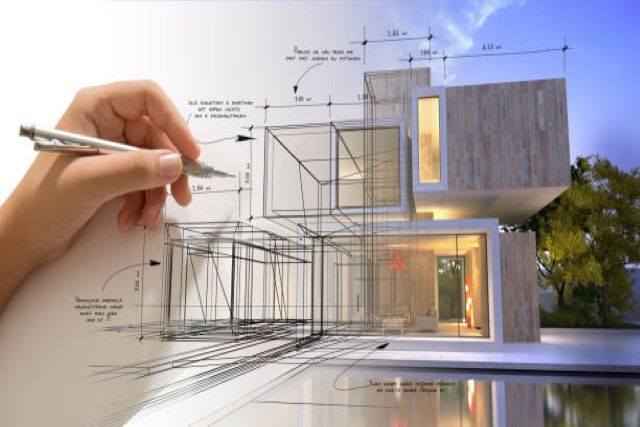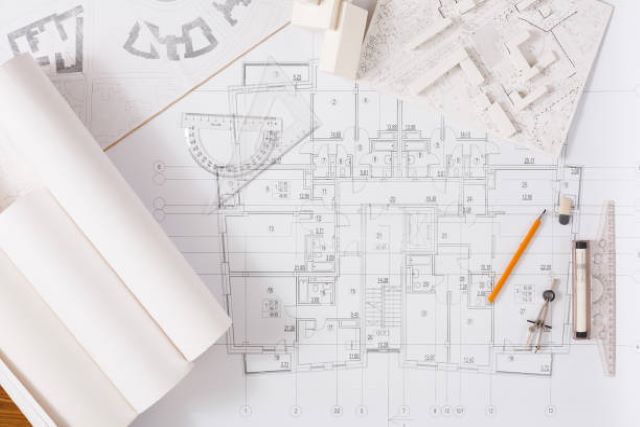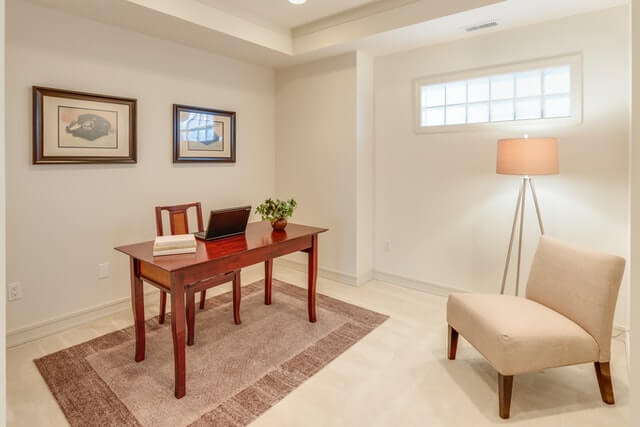Architectural Designing
With so many great offers what are you waiting for ?
Architectural Designing
Our award-winning team of Chartered Interior Architects and designers is dedicated to delivering exceptional customer service by going beyond client expectations and developing environments that are people-centered and exciting.We provide you with a complete set of architectural drawings that will consist of even the minor details.





Architectural Designing: Balancing Form and Function
Architectural designing is the art and science of creating structures that serve both practical and aesthetic purposes. It is a complex process that involves balancing various factors such as the intended use of the structure, environmental concerns, safety regulations, and the preferences of the clients. In this article, we will explore the key principles of architectural designing and the different approaches that architects use to create buildings that are both beautiful and functional.
The Importance of Functionality in Architectural Designing
One of the fundamental principles of architectural designing is that the form of the building should follow its intended function. The structure should be designed in a way that meets the needs of its users, whether they are people living in a residential building or employees working in a commercial space. An architect must carefully consider the purpose of the building, the number of people it will accommodate, the activities that will take place inside, and other factors that can affect the building’s functionality.
For example, when designing a hospital, an architect must consider the needs of patients, doctors, and nurses. The building must be designed in a way that facilitates the delivery of medical care, from the placement of medical equipment to the layout of patient rooms. Similarly, when designing a school, an architect must take into account the needs of students and teachers, such as the need for classrooms, laboratories, and recreational areas.
The Role of Aesthetics in Architectural Designing
While functionality is a critical factor in architectural designing, aesthetics also play a vital role. A well-designed building not only serves its intended purpose but also creates a pleasing environment for its users and visitors. An aesthetically pleasing building can enhance the image of the organization that occupies it, attract customers, and create a sense of pride among its occupants.
Architects use various design elements to create a visually appealing structure. These include the building’s shape, materials, colors, textures, and patterns. An architect must consider the building’s surroundings when choosing these elements to ensure that the structure blends well with its environment.
Approaches to Architectural Designing
There are different approaches that architects use when designing a building. Some architects prefer to design structures that are bold and innovative, pushing the boundaries of conventional building design. Others prefer to create structures that are more traditional, drawing inspiration from historical buildings and local architecture.
One approach to architectural designing is known as the “form follows function” approach. This approach prioritizes functionality over aesthetics, with the belief that the form of the building should be a direct result of its intended use. Another approach is the “contextualism” approach, which takes into account the surrounding environment and local culture when designing a building.
In recent years, sustainability has become a critical factor in architectural designing. Many architects are now using sustainable building materials and incorporating environmentally friendly features into their designs. This approach, known as “green architecture,” aims to reduce the impact of buildings on the environment while also creating healthier and more comfortable living and working spaces.
Conclusion
Architectural designing is a complex process that requires a balance between functionality and aesthetics. An architect must carefully consider the intended use of the building, the needs of its users, and the surrounding environment when designing a structure. By using different approaches and design elements, architects can create buildings that are not only visually appealing but also practical and functional. With the growing focus on sustainability, architects must also consider the environmental impact of their designs, creating buildings that are both beautiful and eco-friendly.
